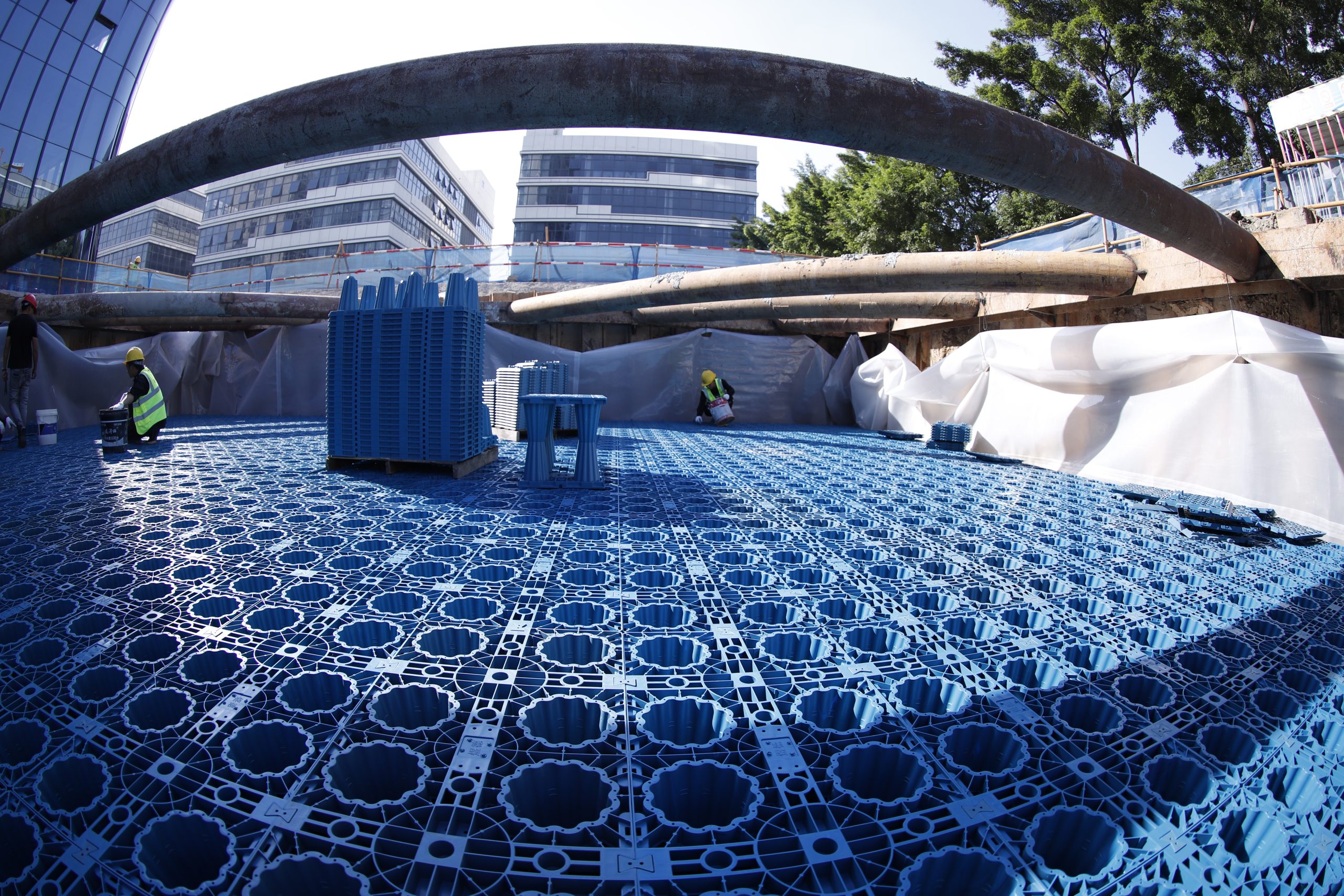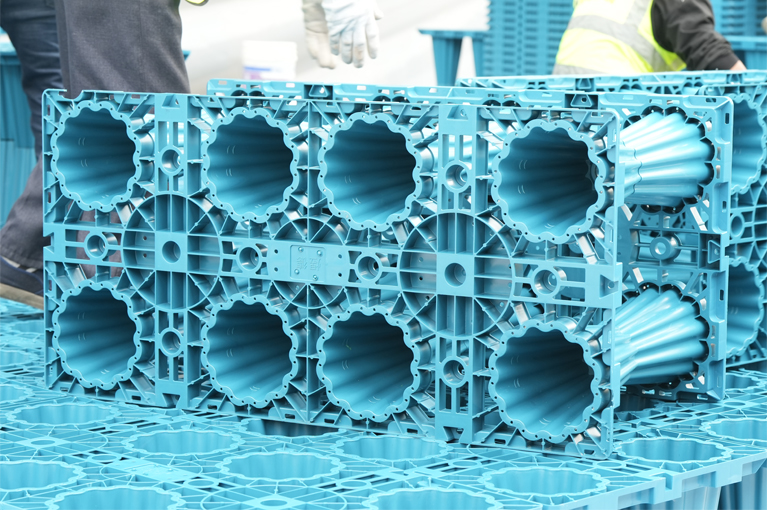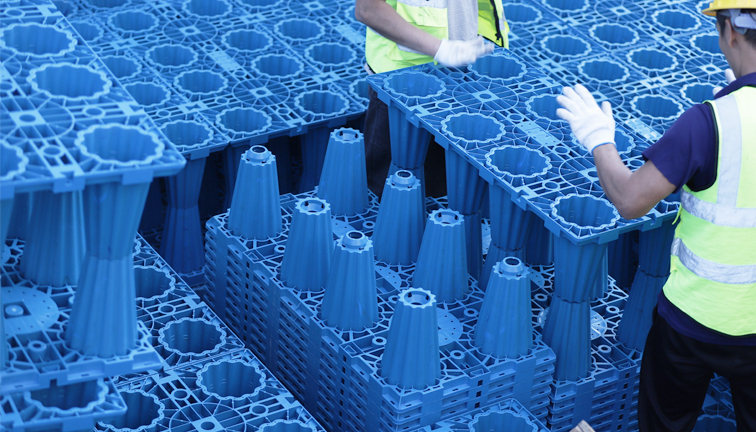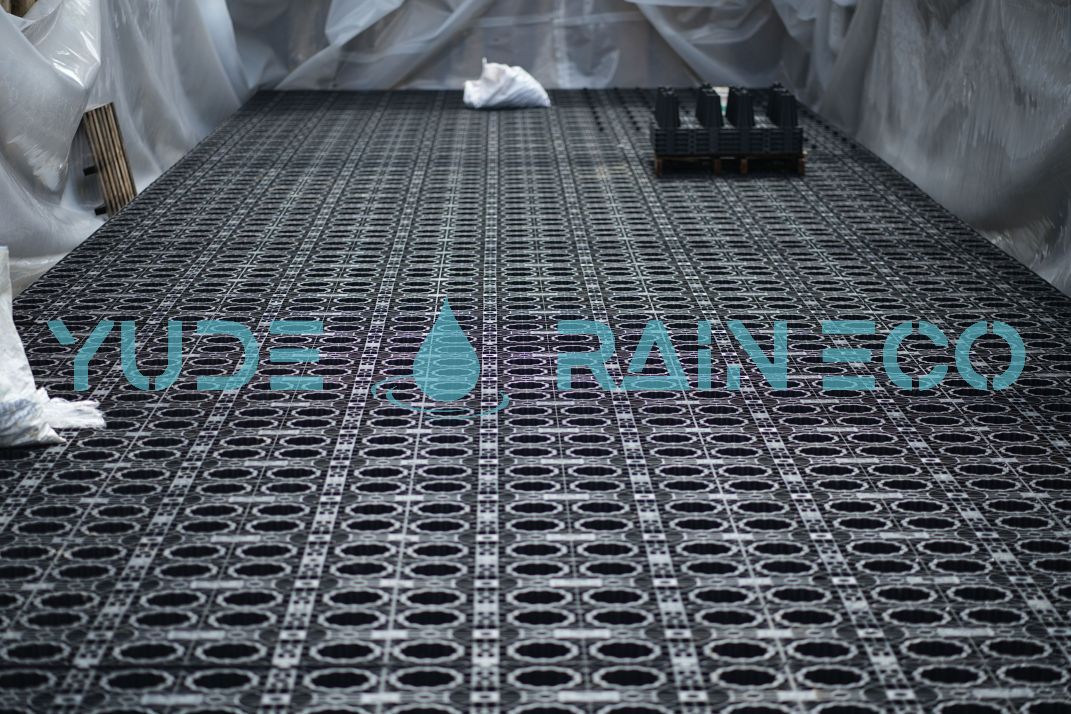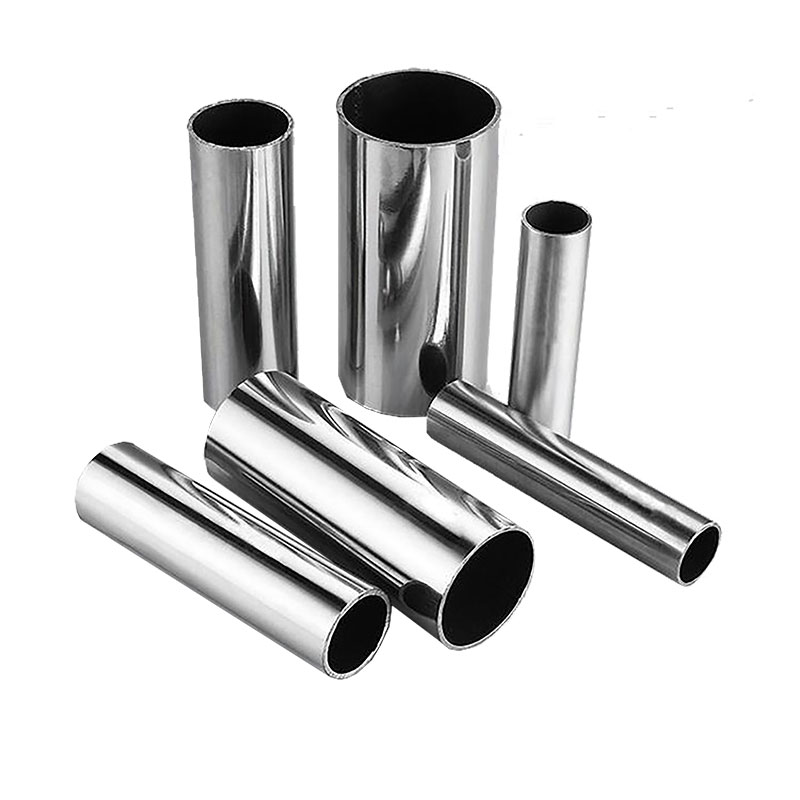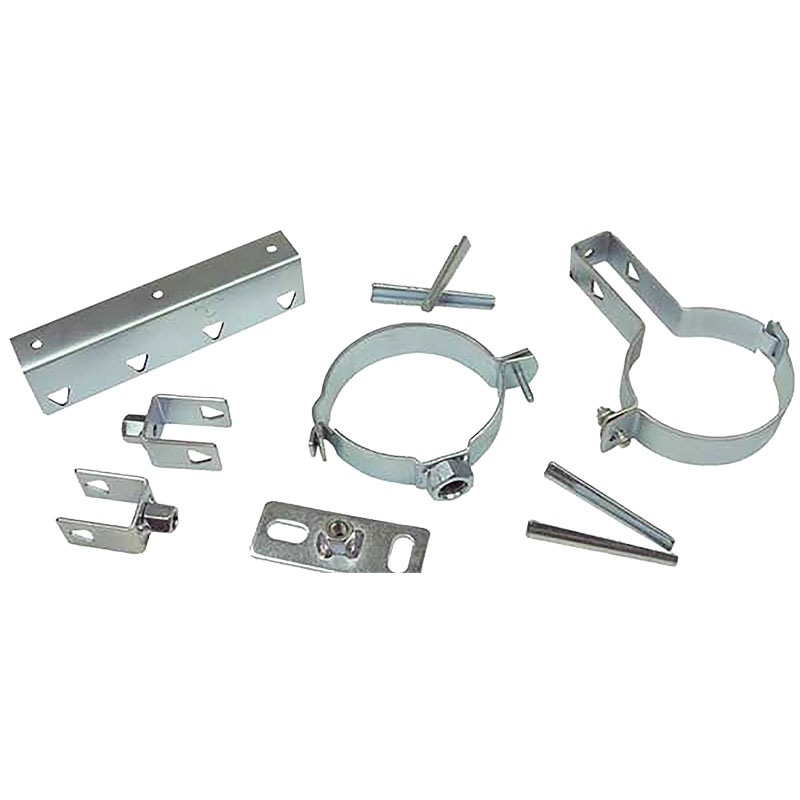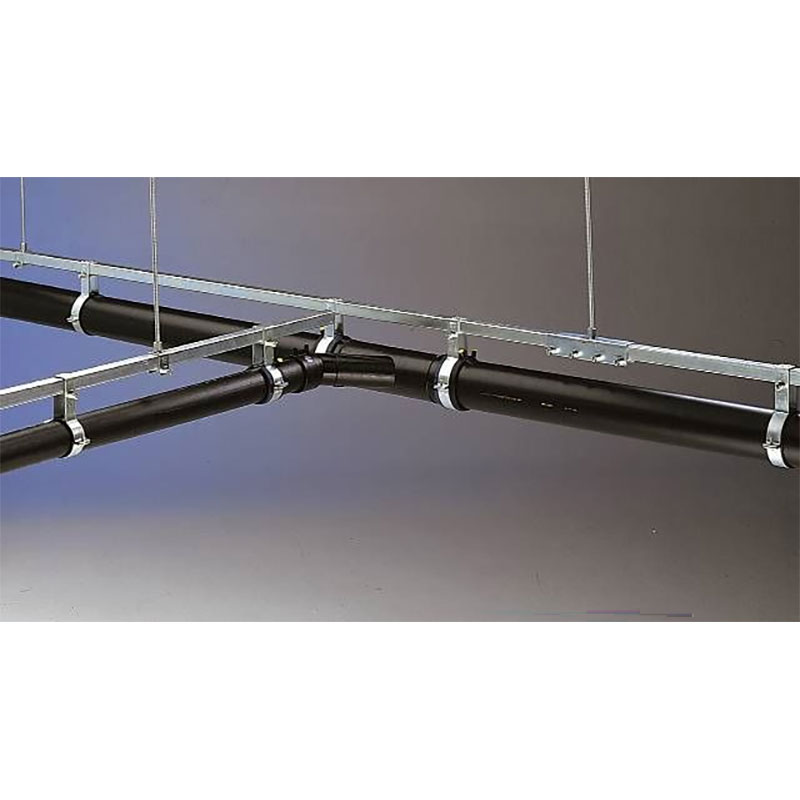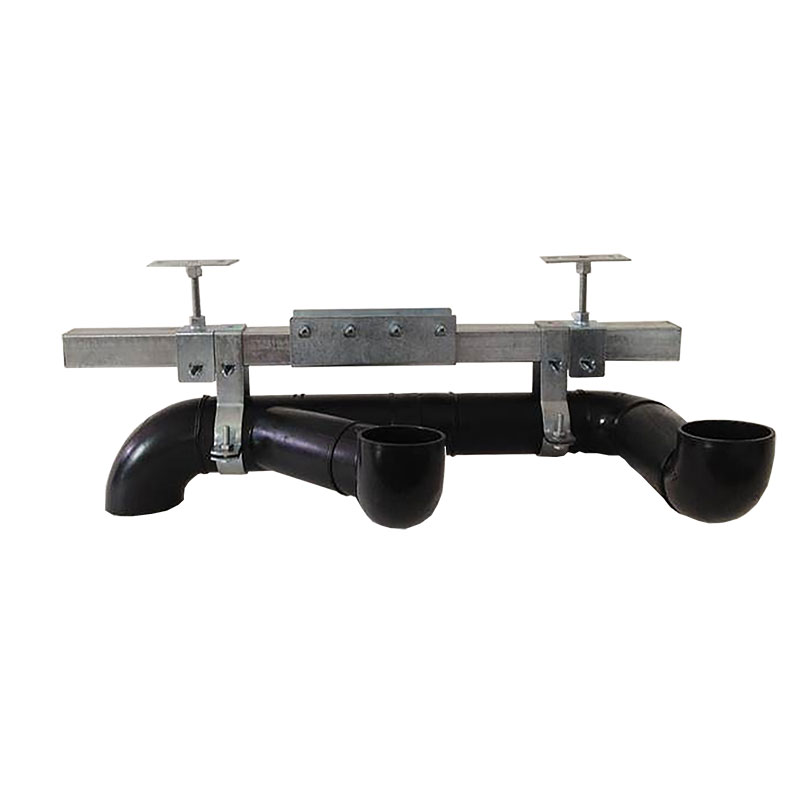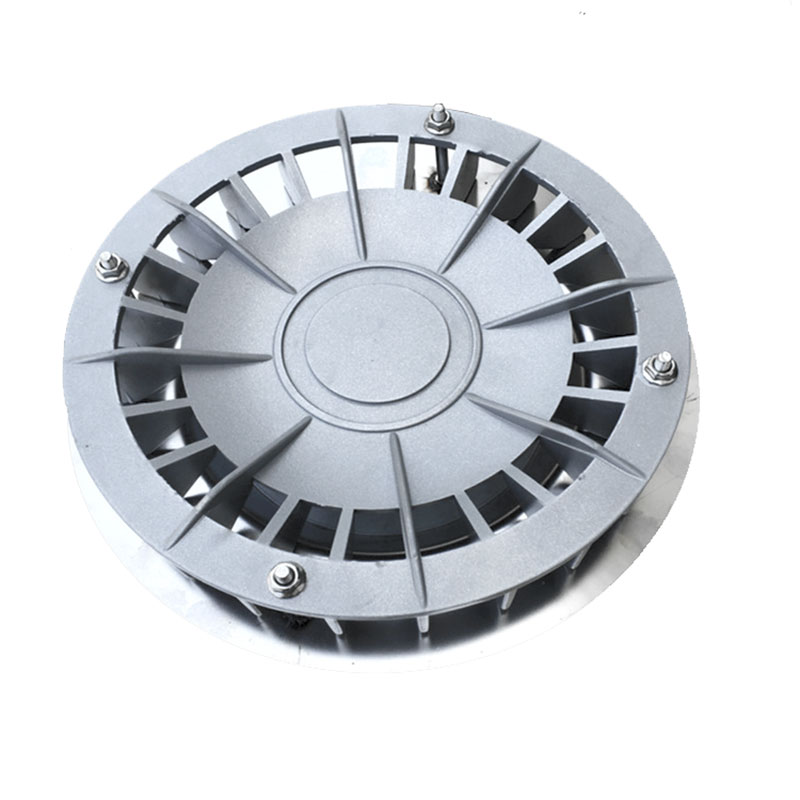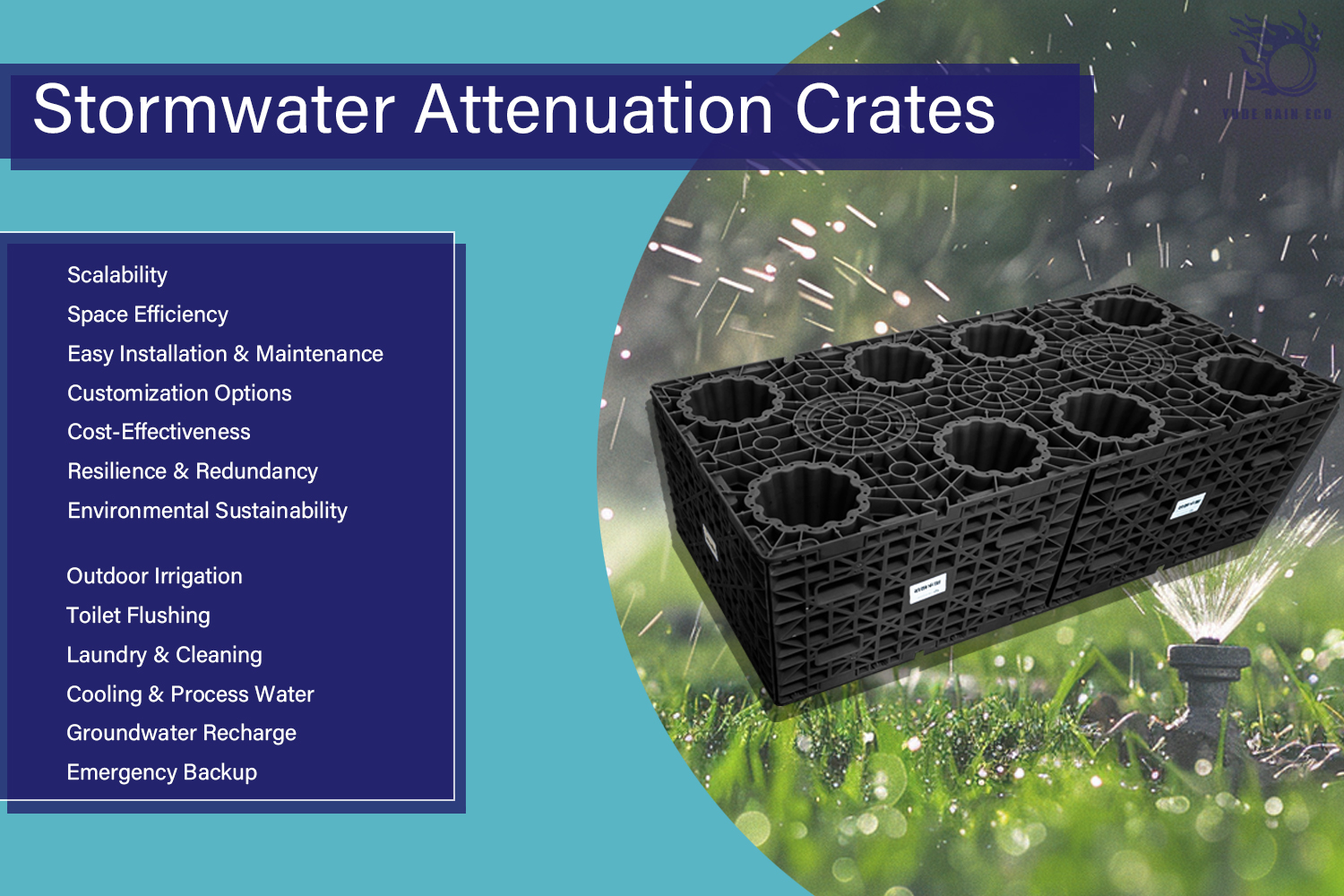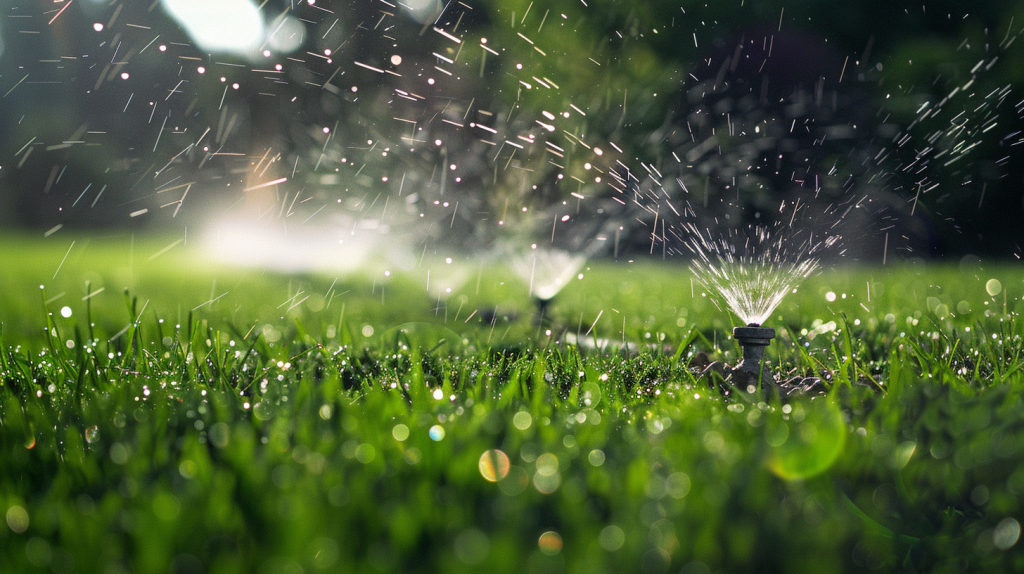Urban heat islands (UHIs) exacerbate heatwaves and impact urban living. Ecological tree ponds, or eco-tree pools, offer a sustainable solution to mitigate these effects.
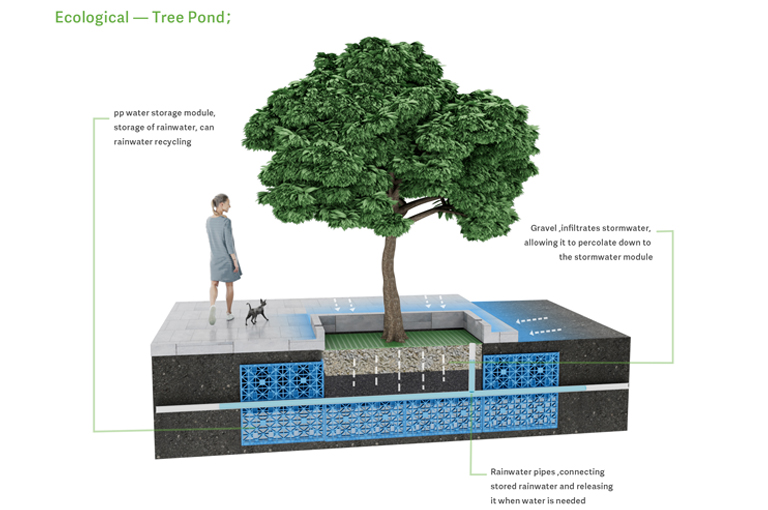
What is an Alcorque ecológico? What are the Components?
An ecological tree pool, also known as a green tree pit or tree trench, is a system designed to improve urban tree health and manage stormwater. It integrates trees into the urban landscape while providing environmental benefits such as reduced runoff, improved water quality, and enhanced aesthetic value. The components of an ecological tree pool typically include:
1. Tree Pit
- Tree: The primary component, providing shade, oxygen, and aesthetic appeal.
- Root Zone: Adequately sized to allow for root expansion and growth.
2. Soil System
- Structural Soil: A specially engineered soil mix that supports tree growth and withstands compaction from pedestrian and vehicular traffic.
- Filter Media: Soil and organic matter that filter pollutants from stormwater.
3. Water Management Components
- Permeable Surface: Often a permeable pavement or grating that allows water to infiltrate into the tree pit.
- Infiltration Zone: Area within the tree pit designed to capture and hold stormwater, allowing it to percolate into the soil.
4. Drainage System
- Drainage Pipes: Ensure excess water is directed away from the tree pit to prevent waterlogging.
- Overflow Outlet: Manages excess stormwater during heavy rainfall events.
5. Irrigation System
- Passive Irrigation: Utilizes stormwater for tree irrigation, reducing the need for supplemental watering.
- Active Irrigation: Supplemental watering systems for dry periods.
6. Protective Structures
- Tree Grates and Guards: Protect the tree and its root system from pedestrian and vehicular damage.
- Mulch: Helps retain moisture, suppresses weeds, and improves soil quality.
7. Monitoring and Maintenance
- Inspection Ports: Allow for monitoring of soil moisture and health.
- Maintenance Access: Ensures the system can be easily maintained and cleaned.
Ecological tree pools are integral to sustainable urban design, promoting green infrastructure and enhancing the resilience of urban environments to climate change impacts.
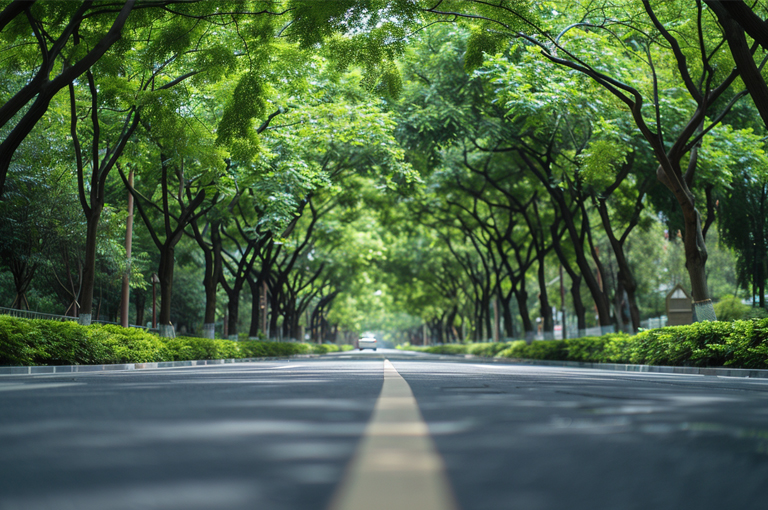
The Importance of Ecological Tree Pools: Why Do We Need Them?
1. Stormwater Management
- Flood Mitigation: Ecological tree pools help reduce the volume and speed of stormwater runoff, mitigating urban flooding.
- Water Quality Improvement: They filter pollutants from stormwater before it reaches water bodies, improving the overall quality of urban runoff.
2. Environmental Benefits
- Air Quality Improvement: Trees absorb pollutants and carbon dioxide, releasing oxygen and improving air quality.
- Temperature Regulation: Tree pools provide shade and reduce the urban heat island effect, lowering temperatures in cities.
- Biodiversity Enhancement: They provide habitat and food for urban wildlife, supporting biodiversity.
3. Social and Health Benefits
- Aesthetic Appeal: Green infrastructure enhances the visual appeal of urban areas, making them more attractive and livable.
- Mental Health: Access to green spaces and nature has been shown to improve mental health and well-being.
- Physical Health: Trees and green spaces encourage outdoor activities and exercise, contributing to physical health.
4. Sustainability and Climate Resilience
- Carbon Sequestration: Trees capture and store carbon dioxide, contributing to climate change mitigation.
- Climate Adaptation: Ecological tree pools make urban areas more resilient to extreme weather events and changing climate conditions.
5. Water Conservation
- Efficient Water Use: They utilize stormwater for irrigation, reducing the need for potable water for tree maintenance.
- Groundwater Recharge: By allowing water to infiltrate the ground, they contribute to the replenishment of groundwater supplies.
Role in Mitigating Urban Heat Island Effect
- Shade Provision: Trees in ecological tree pools provide shade, which directly cools surfaces like sidewalks, streets, and buildings. This reduces the heat absorbed by urban infrastructure, lowering overall temperatures.
- Evapotranspiration: Trees and vegetation release water vapor through evapotranspiration, which cools the air. This natural cooling process can significantly reduce local temperatures and counteract the UHI effect.
- Surface Cooling: The soil and mulch in tree pools absorb less heat compared to concrete and asphalt, helping to moderate surface temperatures.
- Improved Microclimate: The combination of shade and evapotranspiration creates a cooler microclimate around tree pools, providing a more comfortable environment for urban residents.
The applicability of eco-tree pools: for which environmental conditions and in which countries?
- Urban Areas
- High Population Density: Ideal for densely populated urban areas where green spaces are limited and the urban heat island effect is pronounced.
- Impervious Surfaces: Suitable for cities with extensive impervious surfaces like concrete and asphalt, which contribute to stormwater runoff and higher temperatures.
- Climate Zones
- Temperate Climates: Beneficial for managing moderate stormwater runoff and providing seasonal cooling through shade and evapotranspiration.
- Tropical and Subtropical Climates: Effective in regions with heavy rainfall, helping to manage significant stormwater volumes and providing essential shade to reduce heat.
- Arid and Semi-Arid Climates: Useful for maximizing limited water resources through stormwater capture and reducing the need for additional irrigation.
- Coastal and Inland Areas
- Coastal Cities: Help mitigate flooding from heavy rainfall and storm surges while improving water quality before it reaches the ocean.
- Inland Cities: Address flash flooding and improve air quality in landlocked urban environments.
- Areas with Poor Air Quality
- Polluted Cities: Trees in ecological tree pools can absorb pollutants, improving air quality in cities with significant air pollution issues.
Countries and Regions:
| Region | Country | Cities |
|---|---|---|
| North America | United States | Cities like New York, Chicago, and Los Angeles, where urban heat island effect and stormwater management are major concerns. |
| North America | Canada | Urban centers such as Toronto and Vancouver benefit from ecological tree pools for managing rainfall and enhancing urban green spaces. |
| Europe | Western Europe | Cities like London, Paris, and Berlin, which have dense urban areas and need effective stormwater management solutions. |
| Europe | Southern Europe | Cities such as Rome and Athens, where high summer temperatures and limited green spaces make tree pools particularly beneficial. |
| Asia | East Asia | Urban centers like Tokyo, Seoul, and Beijing, where high population density and air pollution are significant issues. |
| Asia | Southeast Asia | Cities such as Singapore, Jakarta, and Bangkok, where heavy rainfall and urban flooding are common problems. |
| Australia and New Zealand | Australia | Cities like Sydney and Melbourne, which face challenges related to urban heat and water conservation. |
| Australia and New Zealand | New Zealand | Urban areas such as Auckland and Wellington benefit from enhanced stormwater management and green infrastructure. |
| Latin America | Brazil | Cities like São Paulo and Rio de Janeiro, where rapid urbanization has led to increased flooding and heat island effects. |
| Latin America | Mexico | Urban centers such as Mexico City, which faces significant air pollution and stormwater management challenges. |
| Africa | South Africa | Cities like Johannesburg and Cape Town, where managing water resources and urban heat are critical issues. |
| Africa | Northern Africa | Urban areas like Cairo, where reducing heat and managing limited water resources are essential. |
Conclusion
Ecological tree pools are a vital component in urban planning to mitigate the heat island effect, enhance environmental quality, and promote sustainable water management. Yude Rain Eco offers innovative solutions tailored to urban environments, ensuring healthier and more sustainable cities.


